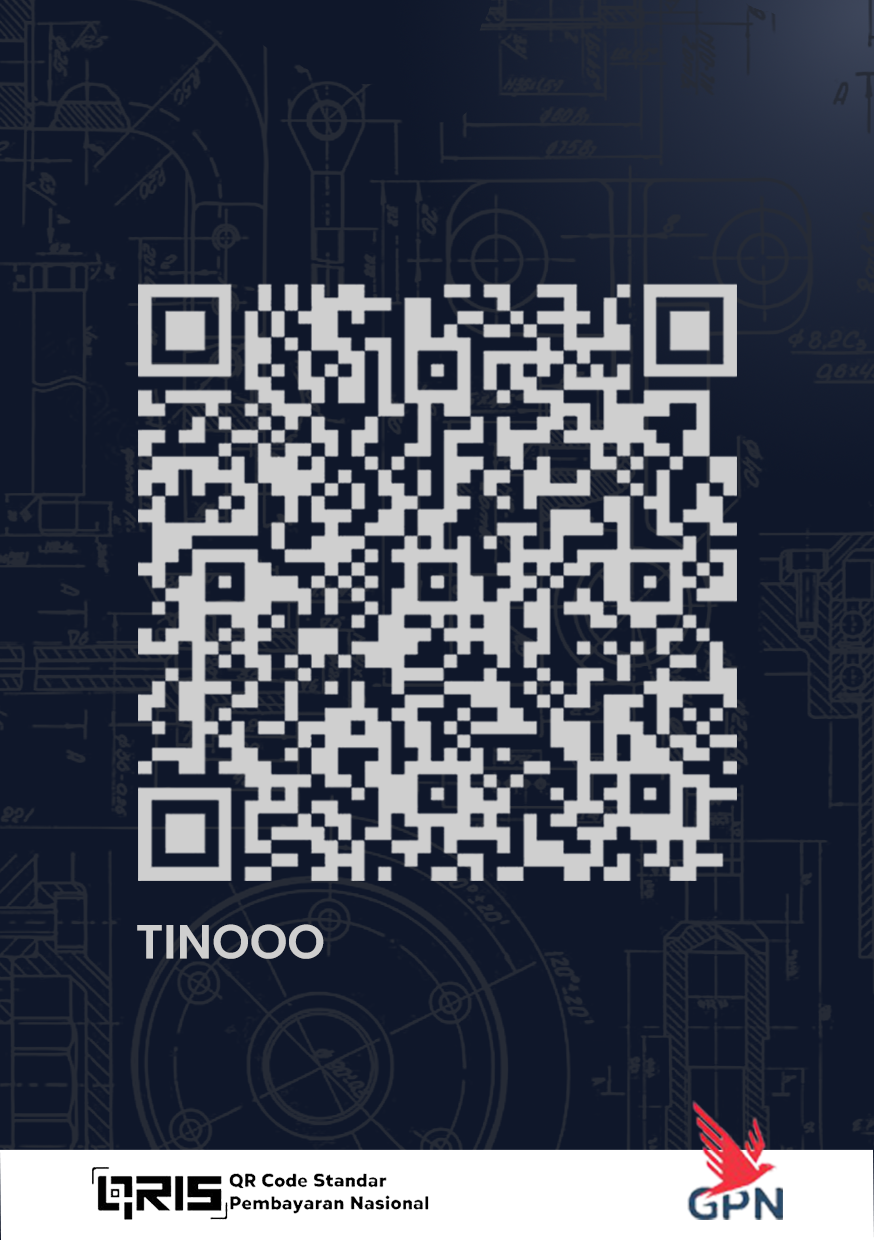Gearing for Glory: The Math Behind Top Speed
Theoretical top speed is a pure calculation of a vehicle's potential velocity in a perfect, resistance-free world. It answers a simple question: "If the engine can hit its redline in top gear, how fast could the vehicle possibly go?" This number is the absolute gearing limit and is the first step in optimizing for any race track or performance goal.
From Crank to Pavement
To find our answer, we must follow the power from the engine to the wheel, calculating the effect of each gear ratio along the way.
1. Primary Ratio
Reduces engine speed before it enters the gearbox. Found between the crankshaft and the clutch.
2. Gearbox Ratio
The ratio of the final gear (e.g., 6th gear). This is the last reduction inside the transmission.
3. Final Ratio
The ratio between the front and rear sprockets (or ring and pinion in a car), providing the final torque multiplication.
Putting It All Together
Total Gear Ratio is the product of all three ratios: Primary × Gearbox × Final.
Tire Circumference (m) is calculated as Tire Diameter (m) × π (3.14159).
Constants: We multiply by 60 to convert minutes to hours and divide by 1000 to convert meters to kilometers.
Theory vs. Reality: The Limiting Factors
So why won't your vehicle actually hit this number? Two major forces are working against you.
Aerodynamic Drag
This is the biggest enemy of top speed. The force of air resistance increases with the square of velocity, meaning it takes exponentially more power to go a little bit faster. Eventually, the engine's power output is completely consumed by pushing the air out of the way.
Power Limitation
Your vehicle will only reach its gearing limit if the engine produces enough horsepower at that specific RPM to overcome total resistance (drag, friction, etc.). If peak power occurs at a lower RPM, the vehicle may not have the strength to push through the drag to reach the redline.
